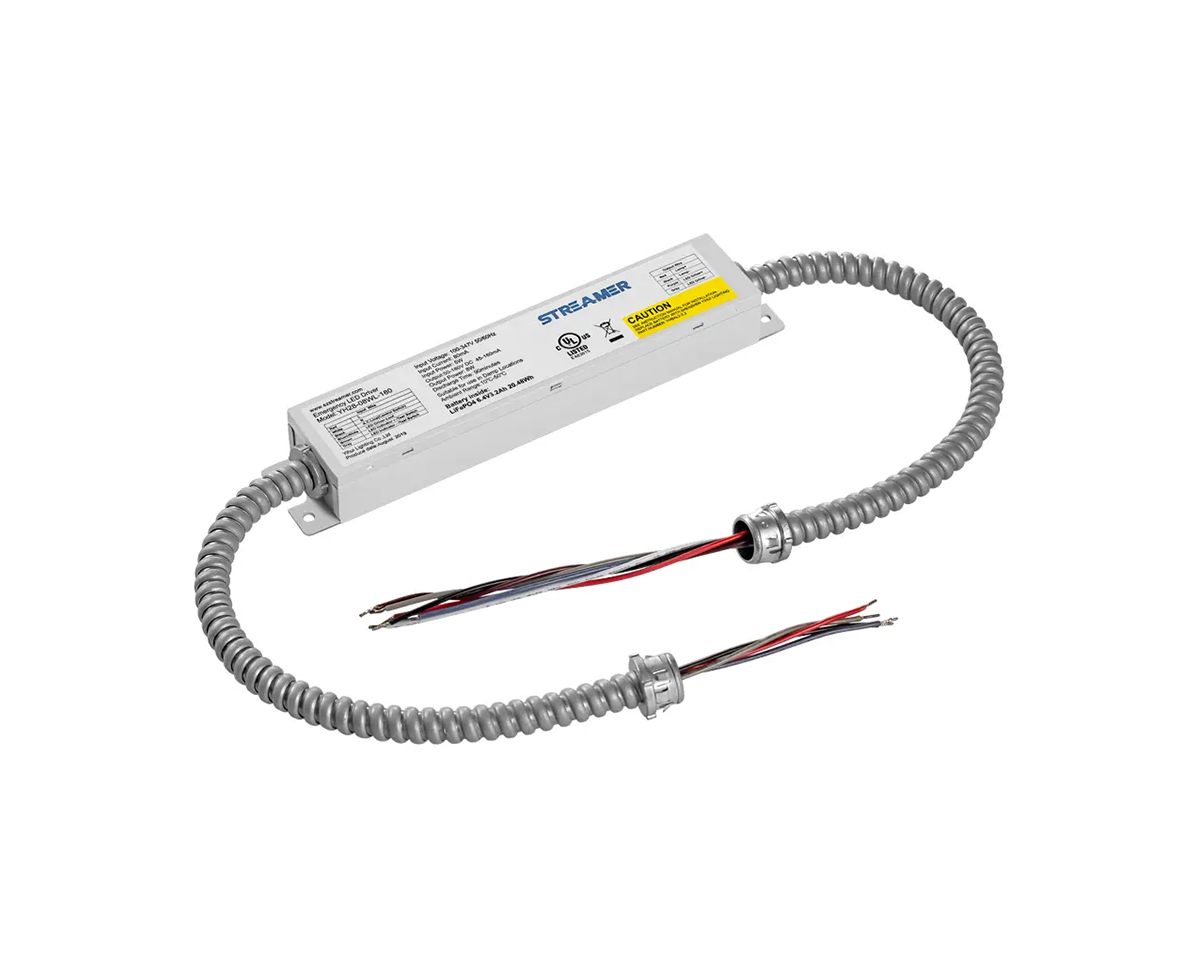 1
1
 May 05, 2025
May 05, 2025

The brightness adjustment of LED emergency converters is a crucial feature that ensures adaptability to various lighting scenarios during power outages or emergencies. This functionality is achieved through a combination of hardware and software technologies.
One common method for brightness adjustment is Pulse - Width Modulation (PWM). In a PWM - based system, the LED driver within the emergency converter rapidly switches the power supply to the LEDs on and off at a high frequency, typically in the range of several hundred hertz to several kilohertz. By varying the duty cycle of these pulses (the proportion of time the power is on compared to the total cycle time), the average power delivered to the LEDs can be adjusted. For example, a 50% duty cycle means the LEDs receive power for half of the time in each cycle, resulting in a lower average brightness compared to a 100% duty cycle. This method allows for smooth and precise control over the LED brightness without significantly affecting the color quality of the light.
Another approach involves adjusting the input voltage to the LEDs. By using a variable - voltage power supply or a voltage regulator circuit, the voltage across the LEDs can be modified. As the voltage decreases, the current flowing through the LEDs also decreases, leading to a reduction in brightness. However, this method needs to be carefully implemented, as reducing the voltage too much can cause the LEDs to operate outside their optimal range, resulting in color shift or even damage to the LEDs.
Some advanced LED emergency converters also incorporate ambient light sensors. These sensors detect the amount of ambient light in the surrounding environment. Based on the sensor readings, the converter's control circuit automatically adjusts the LED brightness. For instance, in a well - lit area during an emergency, the LEDs may be set to a lower brightness level to conserve energy, while in a dark environment, they will increase in brightness to provide sufficient illumination. Additionally, user - controlled brightness adjustment interfaces, such as dials or touch - sensitive controls, are often integrated into the converter, allowing users to manually set the desired brightness according to their specific needs.